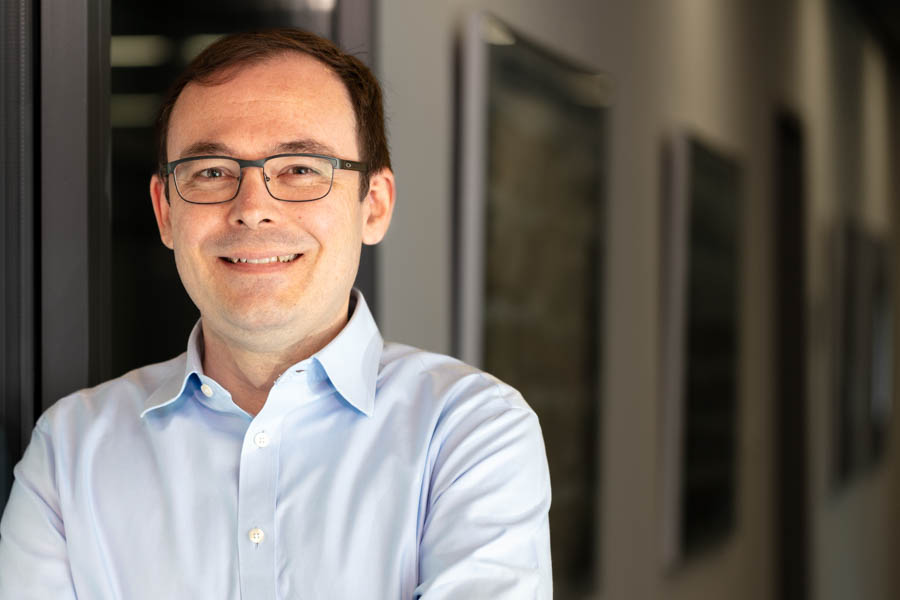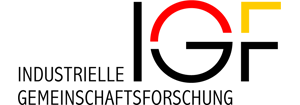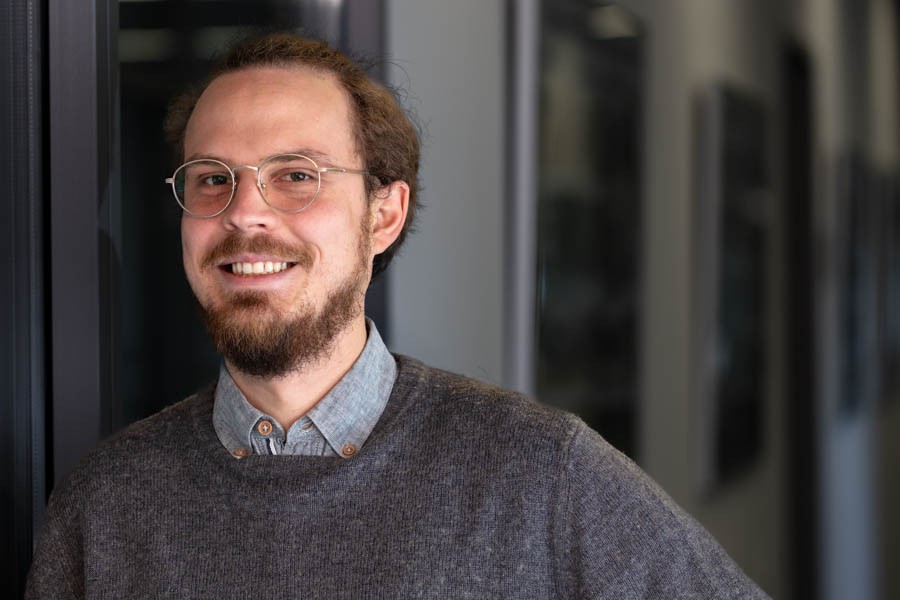WäGieS: Optimized use of roller tube slag in iron foundries as an alternative secondary raw material
IGF-Leittechnologie, 1 January 2025 to 30 June 2027
Project description
The WäGieS project aims to study the use of Zn recycling slag as an alternative secondary material in iron foundries. The overarching goal is to optimize resource efficiency and reduce CO2 emissions to promote holistic resource management.
Background
Until now, these slags have been landfilled due to their composition and technical properties. While it is possible to extract iron (Fe) from the slag, the metal contains interfering elements, such as copper (Cu), chromium (Cr), and zinc (Zn). These elements prevent the metal from being used in steel production.
The goal of reducing ores and residual materials is to maximize the yield of valuable materials at 100%. However, there are technical and economic limits to each process step. This results in valuable materials being ejected from the processes and often landfilled. These materials may contain valuable substances, such as iron (Fe), nickel (Ni), chromium (Cr), cobalt (Co), manganese (Mn), molybdenum (Mo), and zinc (Zn), which are usually present in an oxidized state. They can also contain valuable mineral substances, such as lime carriers, which are used in the cement industry or as reactive components in cement and concrete.
The production of crude steel from scrap steel in converters, steelworks, and electric furnaces generates up to 23 kilograms of dust and sludge per ton of steel produced. Since steel scrap often contains galvanized components, electric furnace and converter dusts contain zinc concentrations of up to 31% zinc oxide (ZnO). These are primarily used for zinc recovery. Metallic zinc (Zn) is reduced in a Wels tube furnace, distilled at temperatures above 1000°C, and oxidized to zinc oxide (ZnO) in a downstream combustion process. The ZnO is then removed from the furnace dust via filters. Another residual material is a slag that decomposes during cooling and consists mainly of iron oxides (FeO), calcium silicates (CaSiO3), metallic iron (Fe), and various zinc phases.
Studies on the processing of metals
Through a geometallurgical evaluation of critical mineral processing parameters, such as element distribution and outcrop grain sizes, WäGieS is developing processing methods to produce iron concentrate. This concentrate is then processed into self-reducing agglomerates used in the production of technical cast iron in iron foundry smelting operations. To adjust the properties of cast iron alloys, we investigate not only the iron content, but also the addition of secondary elements, such as copper. The agglomerates must have a high yield of valuable materials because high proportions of calcium silicates, for example, disrupt the melting process. In addition to the pyrometallurgical use of the iron concentrate, the calcium-rich tailings fraction is being researched for possible use as an alternative cement raw material to promote holistic resource utilization.
Using Wälzrohr-slag provides an opportunity for SMEs to utilize secondary raw material sources. The WäGieS project contributes to the value chain for using previously landfilled residues.
Project goals
- To enable detailed recording and analysis of element distribution, grain sizes, and intergrowth properties through quantitative mineralogical analyses (QEMSCAN©, XRD, XRF). This should contribute to the optimization of mineral processing.
- Development of geometallurgical particle models that provide precise predictions of the theoretically achievable yield and the mineral compositions of the individual concentrates.
- Significant reduction in the proportion of minor elements (such as Cr and Cu) and silicates through optimized mineral processing.
- Successful conversion of the Fe oxide concentrates produced into self-reducing agglomerates and their use in pilot plant and operational trials for the production of cast iron.
- Use of the Ca-Si-rich tailings fraction produced as a raw meal substitute or alternative reactive cement component.
Project participants
Contact

Dr. ‑Ing. Thomas Echterhof
Carsten Gondorf, M.Sc.
+49 241 80–26074
Funding


The project is funded by the Federal Ministry for Economic Affairs and Energy on the basis of a resolution passed by the German Bundestag (01|F23531N).

